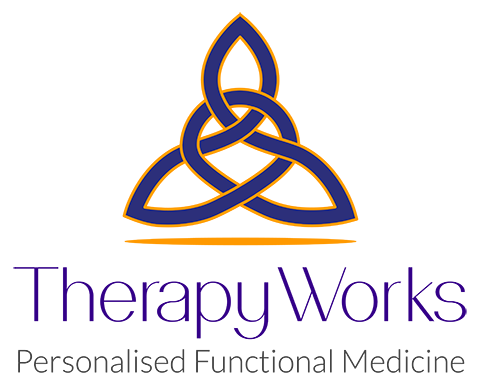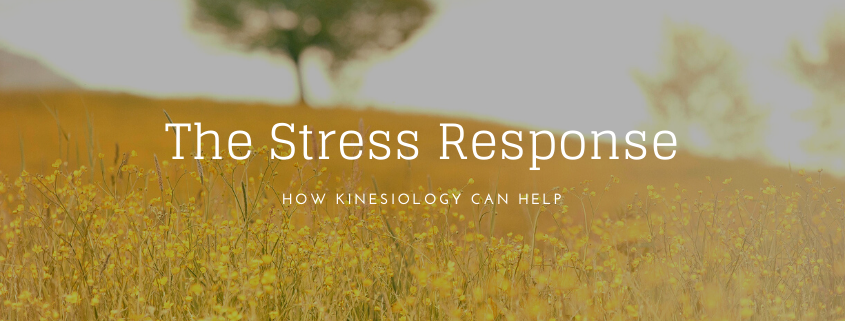Our Stress Response – How Kinesiology can help.
Often people ask me what does Kinesiology do? Despite each session and experience varying subject to the practitioner you see, the bottom line and aim is the same: the key purpose is to balance the nervous system by down regulating the stress response.
What is the stress response, you ask?
It is a complex signalling system often referred to as “fight or flight” and is an important and normal bodily response that serves to keep us safe and protect our survival and well being. Stress is a normal, adaptive response to something that threatens us, whether it is a real or perceived threat. But it can become problematic when we are stuck in this state for long periods of time or constantly triggered.
Did you know that when stressed our brain cannot decipher between a real or perceived/imagined threat? Our body responds exactly the same releasing the same stress hormones!
So whether we are threatened with stressors such as overdue bills, exams, work presentations, peak hour traffic, loss of a loved one, relationship struggles, or an actual near death experience such as a car accident, our brain can respond in the same way with the same chemical stress hormones being released. The way to take control of this is by taking control of our perceptions of what is a threat and what isn’t a threat.
Imagine your boss requests a meeting in the morning to discuss “something important.” You immediately imagine being fired due to a past experience perhaps or lack of self esteem. You then feel on edge overnight unable to sleep and eat with increased heart rate and overactive mind attached to this perceived threat of unemployment. Your limbic brain can’t distinguish between a painful memory of when you lost your job 10 yrs ago and the memory of that event which is triggered by your boss requesting a meeting. Your brain goes into protective mode sensing a threat, referring back to that old response.
The perceived threat of unemployment from your last experience that is buried in your subconscious triggers the thought/limiting belief: “I am not good enough” creating the feeling of anxiety and inadequacy leading to the activation of this fight or flight response.
Yet when you arrive to work, you are greeted with a happy employer who offers you a promotion. Wait, what!?
Has a similar event happened to you before? Has there been a gap between reality and your perception of a threat? Have you perceived a threat, reacted and then discovered more information that expanded your awareness revealing the stress was unnecessary?
Just because we perceive there to be a threat, doesn’t mean that there is actually one. Our body responds to threats largely the same whether it’s a lion chasing us or in this instance if we imagine a worst case scenario event that hasn’t even happened yet, or doesn’t even eventuate.
So what does this mean and how can you prevent this from happening?
Its important to look at how we process the stress response and identify what our specific threat perceptions are. In the example above we need to work on the limiting belief “I am not good enough” and change this perception because when we do, we reduce the stress response and have greater control of our internal state. This is key. Our external environment is and always will be in a state of flux, so its imperative to control how we feel inside so that what’s happening externally doesn’t have such an impact.
Because Our brains are wired to quickly and efficiently detect and respond to threats, its important to be aware of what our threat perceptions are and any limiting beliefs associated to such. Are they realistic or distorted? By identifying and reducing threat perceptions we can feel more in control of how we feel and how we respond.
Life is in a constant state of flux, with our external environment constantly changing and most of the time out of our control. What’s important is to look at not just accepting this, but more so figuring out ways to respond to change, which is inevitable and to ensure that such change won’t trigger us by setting off a stress response.
When we are able to recognize what is and isn’t a real threat, change our perception about a memory/event/experience and dissolve any emotional charge around it, we are ultimately at a place where we can respond rather than react out of fear. This is an empowered state that supports greater inner connection, a sense of calm and helps us feel aligned and grounded and in control.
- Are You a Practising or Recovering Perfectionist? - 29 June 2021
- Our Stress Response – How Kinesiology can help. - 17 August 2020
- Kinesiology 101 - 28 May 2020



